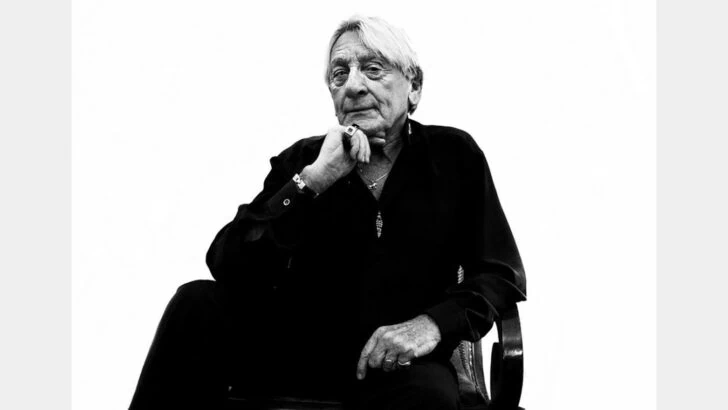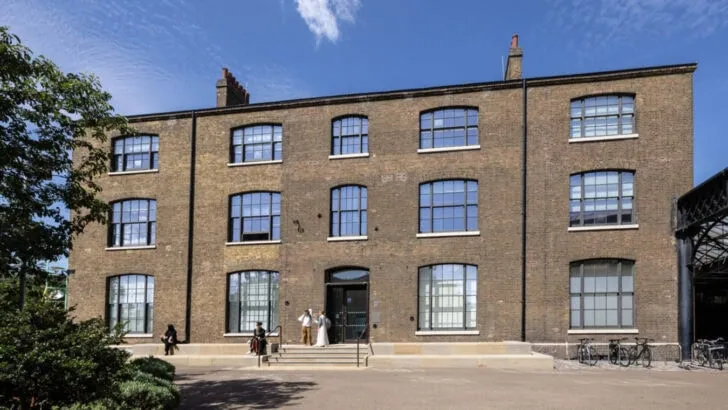Bridget Riley review
★★★★★ by Ifan Llewelyn
Bridget Riley is a heavyweight of the British art scene. Her work is distinct, dynamic and undeniably appealing. There are very few school children this half of the ’80s who haven’t sat down in an art lesson with a ruler and a black marker to re-create her ‘Movement in Squares’. In this encompassing retrospective of her work at the Southbank Centre‘s Hayward Gallery, we encounter the artist through the many iterations of her distinct visual language. As you stand facing off against her prodigious works, they shimmer, flicker and even undulate before your eyes making the act of seeing utterly rapturous.
From the mod Op art black and white pieces that solidified her stake in the movement, to her “Recent Developments” in arranging coloured disc, it’s both a frantic workout and a feast for the eyes. Wondering around the space you’re free to work your way thematically, and not chronologically, through Riley’s nearly six-decade career. You walk through “Stripes and Diagonals” right up the stairs to “Curves”. Reflecting the artist’s habits to return to certain pre-occupations, pieces created decades apart slot seamlessly beside each other.
For many of us, we’ll have encountered Riley’s works through sweeping displays of the last century in modern art. You’d be forgiven for walking past her pastel waves at the Tate Britain and heading for the dimly-lit Rothkos around the corner. This retrospective allows her work to stand on its own two feet, beckoning you to immerse yourself in Riley’s world of graphic lines, waves and discs.
The active experience of encountering these works, particularly Riley’s ‘Cataract’ series, does resist the usual urge to pause and ponder the work’s origin. Though her influences are touched upon throughout, it isn’t until wondering upstairs that the exhibition pauses to toil with how Riley settled on a visual language. In “Looking at Seurat” we see how the post-impressionist painter influenced her work with his famed chromoluminarism and pointillism evolved into the clean lines, squares and circles we see in Riley’s work.
While Seurat‘s work exudes a leisurely dabbing of the paintbrush, we get the complete opposite impression from the calculated and almost mathematical planning we see in Riley’s “Studies”. We get an insight into the meticulous planning that goes into each of her works, with each curve and line carefully thought out to get the desired effect. Once you’re satisfied in this contextualising of Riley’s work, you’re able to once again roam by her work and relish in the engaged act of seeing.
This being her third major exhibition of Riley’s work at the Hayward Gallery, the work feels at home on the space’s vast white walls. The border between work and exhibition space becomes blurred with the mammoth ‘Composition with Circles 4‘ (2004) taking over the space’s largest wall. The dancing, layered fine-line circles are a magnificent sight, and will surely be the backdrop of every London art student’s Instagram for the next few months. That’s the wonder of Riley. You can pause to dissect and interpret these works, but it’s far more satisfying to let your “eye’s mind” to do the thinking.
Bridget Riley is running at the Hayward Gallery, Southbank Centre until 19th January. Book tickets at SouthbankCentre.co.uk.
Kiss My Genders review – ‘if you only catch one exhibition this year, make it this one’

















